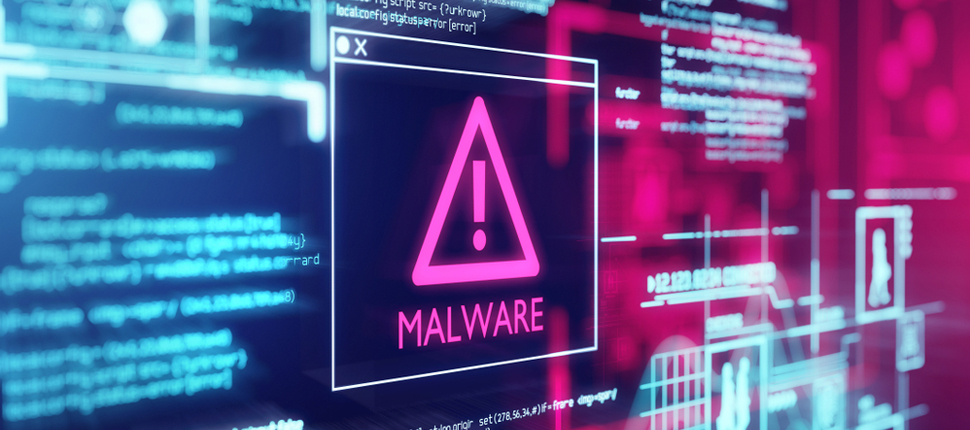Does malware exist? Or is it just a con by the government?

What is malware and why do you need malware protection?
To invent the word malware, cybersecurity folks squished together two words: “malicious software.” And that’s what it is: software aimed to hurt you. There are plenty of ways malware might do that. For example, it might steal your files and passwords, damage your computer, use your address book to infect your contacts, or enlist your computer’s power in a worldwide attack on someone else’s website. There’s more, but we’ve made our point: you don’t want malware anywhere near your computer.
Once upon a time, most of the malicious software out there fit into the technical category of “computer viruses” (or were technically similar enough that people often used the same name). So if you wanted to protect yourself, you got “antivirus” software, and that was that.
Viruses still exist. They still sneak onto your computer inside a “legitimate” program, run when you run that program, and spread by copying themselves across networks and onto portable storage devices. And there are also “worms,” which cause similar havoc but are much more infectious because they needn’t be carried within another program. Worms can spread and self-replicate on their own, and they’ve often done so with terrifying speed.
Worms aren’t as common as they used to be, partly because people who are responsible for computer networks are paying more attention to applying patches and bug fixes. But oldie-but-not-so-goodie worms can reappear: in 2017, a worm crafted in 2003 to attack Microsoft database software suddenly became one of the Internet’s most widespread attacks again. And new innovations can arise, too: cybercriminals may be developing new worms that don’t even need files to operate.
These days, you might encounter a wide array of malicious software, including:
- Trojans that pretend to be legitimate software, and trick you into running them
- Hybrid malware that combines elements of viruses, worms, trojans, or other forms of malware
- Ransomware that encrypts your files, and demands payment (typically in a hard-to-trace cryptocurrency such as bitcoin) in exchange for a decryption key
- Spyware that tracks all your keystrokes or watches and listens to you via your computer’s webcam and microphone
- Bots that give control of your computer to a remote server that directs it to attack someone else
- Bootkits and rootkits that burrow deep into your computer’s startup processes or built-in firmware, where they can control your computer while being harder to identify
- Fileless malware that sits in your computer’s memory, uses your computer’s other capabilities (such as Windows PowerShell scripting) to perform its attacks, and then disappears without leaving telltale traces
- Potentially unwanted applications that display especially intrusive advertising or track your behavior in uncomfortable ways but offer some value that somebody somewhere on this planet might actually want
State-of-the-art malware protection software such as Sophos Home Premium helps protect against all of these, using both traditional methods (such as tracking the telltale signatures of existing malware) and advanced artificial intelligence (to help identify new malware by what it tries to do, not just the code it contains. That’s what you want – and, these days, it’s what you need.
Malware is short for “malicious software” – applications or programs that can infect your computer and cause damage or loss of personal data. Examples include viruses, Trojans, and worms. Sophos Home kicks off with a robust, professional-grade scan and clean, removing all traces of malware – even infections that previous security software may have left behind. Plus, with our advanced, real-time protection technologies, we ensure your computer stays clean.